

Suunto Blog
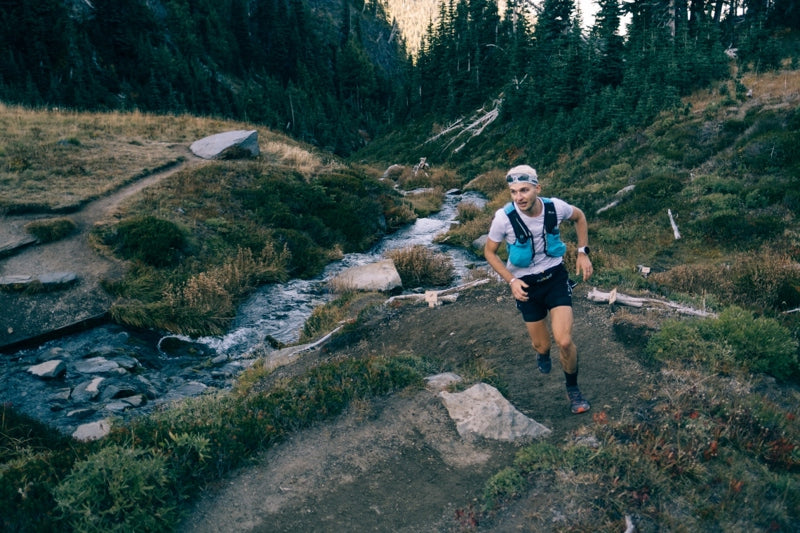
Championing diversity on the trail
The typical human eye can see two to three million colors and an open human mind can appreciate an equally diverse array of people, lifestyles, identities and sexual orientations. For Suunto athlete and American trail runner Ryan Montgomery it’s this diversity that makes the world such a beautiful place.
The 27-year-old recently returned to the US after travelling to Chamonix, France where he ran the 55 km OCC (Orsières-Champex-Chamonix) ultra run. Wherever he competes, Ryan champions diversity any way he can, even if it’s simply by approaching runners that appear new or alone and striking up conversation to make them feel welcome.
He consults with organisations and brands on how to build welcoming and diverse communities. After all, he knows first hand how difficult it is to feel comfortable in your own skin in a hostile environment.
Ryan celebrates setting a FKT record on the 150 km Wonderland Trail back in October, 2020. (Photo by Nick Danielson)
Finding freedom on the trail
Ryan grew up in Alaska and Seattle and struggled to find his place in a decidedly conservative milieu. He realised he was queer in grade school, and hid it from friends and family for fear of what their reaction might be. “My whole environment was quite homophobic,” Ryan says. “So coming out was quite the journey.”
Ryan ran cross-country at high school and even then gravitated towards long distance running. At age 14 he told his running coach he wanted to run a marathon and she told him he couldn’t do it and would only hurt himself if he tried.
“Growing up as a gay boy and having so much of my identity not being seen or validated, it just felt like another nail in the coffin,” Ryan says. “So I took it as a personal challenge and was like ‘let me show you coach’! I did it and it was a great experience. Running allowed me to find a headspace where I could explore and express myself.”
One year later and inspired by the challenge of endurance running, Ryan applied to go on an expedition with not-for-profit Impossible2possible, which empowers youth to go beyond their perceived limitations. He was accepted and went on an expedition to the Bolivian mountains where, with a group of other youth, he ran a marathon every day for five days.
“It was such an eye opening experience where I learned not only so much about my body, but my vision for what I wanted to accomplish in my running career,” Ryan says. “And it was when I first knew I wanted to run ultra marathons.”
Going ultra distance
In 2017, Ryan ran his first 100-mile race, the Wasatch Front 100, and finished in 27 hours. Inspired by the distance, he concentrated on improving his speed and two years later he broke the 13-hour mark for the 100-mile distance at the 2019 USATF (USA Track and Field) National Championships.
Since then, he has achieved a lot, including placing first at the 2019 Quicksilver 100k, coming second at the 2019 Tahoe 200-mile Endurance Run, and, in 2020 setting an FKT (fastest known time) record on the 150 km Wonderland Trail in Mt Rainier National Park, to name a few.
He loves the trail and ultra running scene, and overall has felt welcome as part of it, but says the sport has work to do to become an inclusive and friendly place for people from all walks of life.
“There’s a lot of people that have been so welcoming and, surprisingly, the trail community is more queer, and gay, than we give it credit for,” Ryan says. “And that’s the problem, those are not stories that are being told. The downside is there’s still so much homophobia.”
Being a champion of change
Ryan works with organisations and brands in the outdoor sector to help them better understand and promote diversity. He says it comes down to more richly reflecting their various communities and telling stories that are too often neglected or ignored. For too long, the outdoor sports industry - due to its European and North American power base - has focused on marketing that features and promotes straight white people and athletes to the exclusion of everyone else.
But, Ryan says, change is in the air in the US and across the world. More and more people, organisations and brands, even entire industries, are waking up to the fact they have neglected groups in their communities, particularly people of colour and LGBTQ people, and it’s time to tell their stories and to advocate for an inclusive society.
“We need to celebrate all the different people in our communities and be very, very cognizant of how we're doing that in our engagement and also our marketing,” Ryan says. “We need to find explicit and concrete ways to show up and support and welcome people.”
Images by Nick Danielson

Peak Creator Series – The Architect
In this third film of our Peak Creator series we profile landscape architect Ryley Thiessen who shares how he designs mountain resorts that bring people closer to nature.
The Peak Creator film series celebrates creative people inspired by the great outdoors. We talk to four creators and find out how nature inspires them.
Ryley specializes in designing four season resorts around the world. He grew up in the countryside and from an early age knew he wanted to work with the earth.
The essential principle for this work is balance: “It’s working with nature and finding that balance where you’re not taking too much,” he says.
Click play below and watch Ryley share how he approaches his work.
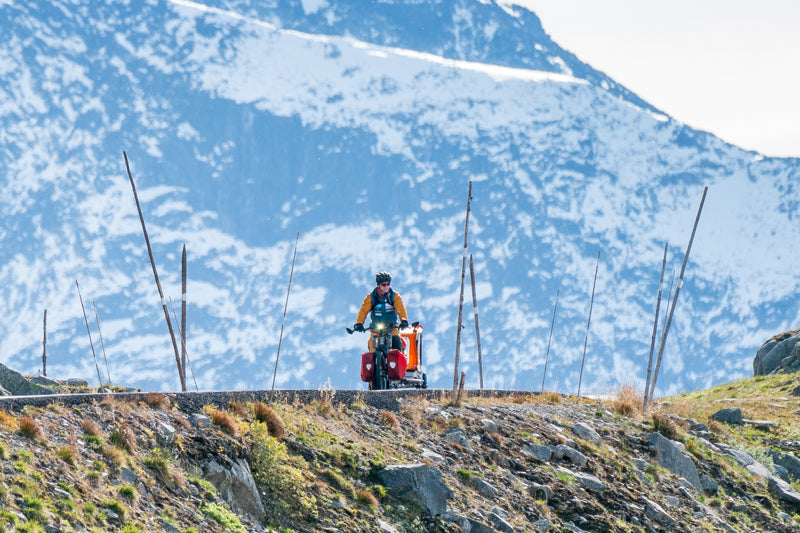
Around the world in the slow lane
Staying in one place for long doesn’t come naturally to Suunto-supported adventurer Denis Katzer. He’s used to being on the move in far flung places, which he’s been doing for 30 years, covering 444,000 km by camel, elephant, horse, bicycle, e-bike, on foot, or with local transport. That’s the equivalent of traveling around the planet 11 times.
Denis and Tanja on their recent journey in Norway.
The COVID-19 pandemic might have momentarily slowed down Denis and his partner Tanja, but it hasn’t stopped them from continuing what they say is the “longest documented expedition in human history”. Moving slowly across continents, through diverse cultures, isn’t about sharing pretty pictures on Instagram for them. The motivation is much deeper.
“As ambassadors of our mother earth, it is our goal to build bridges of understanding and acceptance between different cultures and religions with our experiences,” Denis says. “We want to be the eyes and ears of today’s society, in order to leave humanity a piece of contemporary history, but also tell future generations what state our mother earth is in. That is why we travel by bike, horse, camel, elephant and local transport. A way of traveling that allows and encourages precise and sensitive observation.”
Denis and Tanja have just released a new book about their most recent adventures up through Norway to its North Cape. Once the pandemic is behind us, their plan is to continue stage two of their epic e-bike expedition.
Denis and Tanja took the Trans-Siberian train to Lake Baikal and then cycled 17, 000 km across Siberia, Mongolia, China, Vietnam, Cambodia and Thailand.
Bavarian beginnings
Denis had an unconventional start to life. He lived with his parents in a small wooden forest hut with no electricity, running water or central heating on the edge of a forest. Life was simple, and Denis discovered early he was happiest wandering and climbing trees. Even then he had the spark for adventure.
His father blew on this smouldering ember by sharing his ideas on environmentalism, colonial history and the value of indigenious wisdom. “He was a nature man, and was always for indigenious people and protecting the natural world,” Denis says.
Special training
By his own admission Denis wasn’t a happy kid. He struggled at school and didn’t want to conform to society’s expectations. After making up his mind to focus, he eventually aced his school exams and did an apprenticeship.
However, as a sporty and athletic guy, it was when he entered the German army in 1979 that the foundation for a life of adventure really began to get laid. “Since I had graduated with top marks in all areas, I had the choice in which form I wanted to serve in the military,” Denis says. “I decided on the special paratrooper unit. Adventure, action and freedom were finally ahead of me.”
But it wasn’t to last because Denis, a pacifist at heart, realised his training as an elite soldier, and his training of younger soldiers, was incongruent with his deeper values. Staying true to himself he left in 1981.
Denis and his friend Bilgee cross steep slopes on a 3000 km horse expedition to northern Mongolia to meet reindeer nomads.
The expeditions begin
It all began with an unplanned journey into the heart of the jungle. Denis was on a trip to the Galapagos Islands in 1987 and met someone with connections to indigenous people living deep in the Amazon jungle. He had the opportunity to travel there and meet the feared Auka tribe.
“The encounter with the Aukas changed my life and opened my eyes,” Denis says. “I came to the conclusion I had to save money to leave my home for a couple of years. I wanted to live with indigenous peoples, get into their world, understand them. I wanted to know what it means to be able to travel without time pressure.”
The grand journey
The 40-year slow travel odyssey around the world really began in earnest in 1991, just after the fall of the Berlin Wall and the collapse of the Soviet Union. Starting in Germany, travelling through Austria to Italy, they went by ferry to Greece and Egypt where they had their first encounter with camels and crossed the Sinai desert with them.
“Camels are fantastic, intelligent and persistent pack and riding animals,” Denis says. “Also, they are for me a combination of horse and lion. They can be extremely dangerous, but if they are trained with love, they can be your best friend. For me they are the true kings of the desert. Without them we would not have survived many expeditions.”
In 1992, they travelled by a smugglers train from Iran to Pakistan, where they again acquired camels and rode them the country, along the border of Afghanistan and through the Peshawar tribal area, at one point escaping gunfire.
Since then, they have travelled through 72 countries, from Germany, through Europe, Central Asia, Asian, through to the Americas. They travelled by camel, horse, elephant, bike, local trains, ferries, and avoiding air travel wherever possible.
Denis and Tanja travelled 7000 km by foot with a camel caravan across Australia north to south, and west to east.
Around the world by e-bike
Between 2015 and 2017, they completed the first stage of what they say will be the longest unsupported e-bike expedition in the world. The four stage adventure will take them through South East Asia, down through Malaysia, Indonesia, across to Australia, New Zealand, through the South Pacific and on to South America.
“We obtained the required energy, among other things, from solar panels mounted on wheel trailers and charged a second battery while driving,” Denis says. “We decided to use the e-bike as a means of transport because we want to show the world what can be done with alternative energy.”
Denis’ challenge: go slow & log out
Since Denis’ early days of globetrotting adventure, the world has radically changed. Once upon a time, when Denis went on an expedition the only way to communicate with people back home was by post or telephone, when they were available. A three minute phone call could cost $3USD.
Now, with the internet, smartphones and social media, Denis says the experience of solitude, of being alone on an adventure, is almost unheard of. We are always connected. This, along with cheap air travel, has resulted in a hyper connected, fast travel world.
Denis’ challenge to adventure lovers is to go against the stream, and to disconnect and slow down whenever possible. Mother earth is in decline, he says, and when we slow down and disconnect from all of our devices we will be better able to pay attention to what really matters.
“Slow travel for me means to enter the depth of a country,” Denis says. “Those who travel slowly, look more, hear more, smell more, live more intensely and feel more and for longer.”
All images: © Denis Katzer
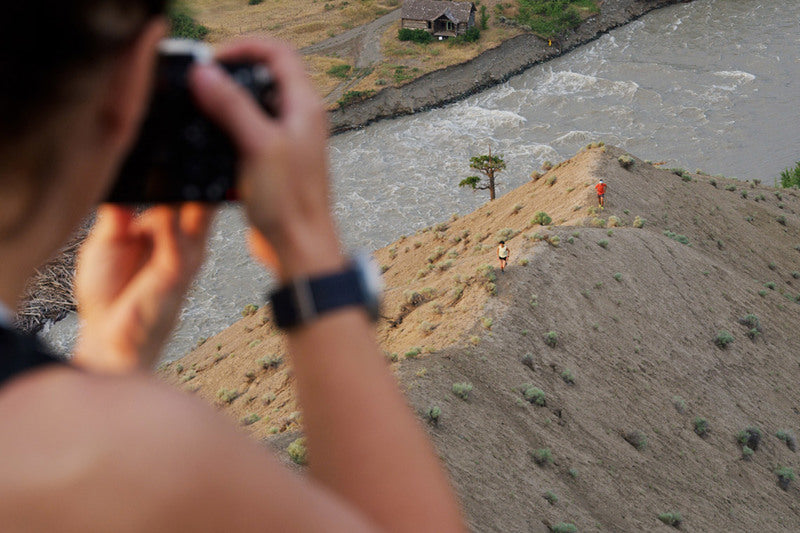
Peak Creator Series –The Photographer
Originally a graphic designer, once Angela Percival got a taste of outdoor adventure photography there was no going back - she decided to focus on creation.
This is the second in our Peak Creator film series, which celebrates creative people inspired by the great outdoors. We talk to four creators and find out what inspires their creative work.
Now Arc’teryx’s senior outdoor photographer, she had to work hard to break into a profession dominated by men and now her work speaks for itself.
“What inspires me creatively is just being outside, period,” Angela says. “Being in the mountains, yes, being in the alpine even more, but I just need to be outside.”
Click play below and watch Angela share her creative inspiration.
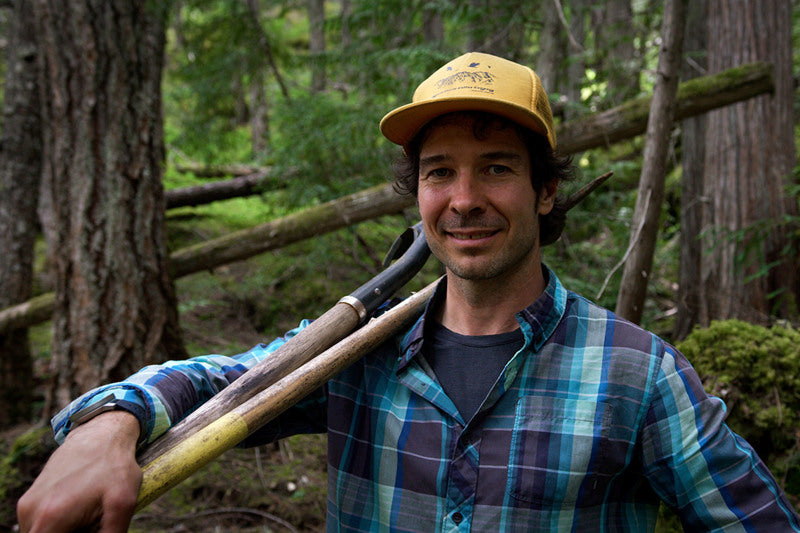
Peak Creator Series – The Trailbuilder
In the first of our Peak Creator film series, we present Dan Raymond and his work building and repairing mountain bike tracks in Whistler.
The Peak Creator film series celebrates creative people inspired by the great outdoors. We talk to four creators and find out what inspires their creative work.
In Dan’s case, his passion for designing and building trails started as a kid when he and his buddies followed one another’s tire marks down hills. He’s been at it ever since.
When building a trail, Dan follows an important principle: “The driving force of building a trail is it has to look like it was always there,” he says.
Click play below and watch Dan share his creative inspiration!
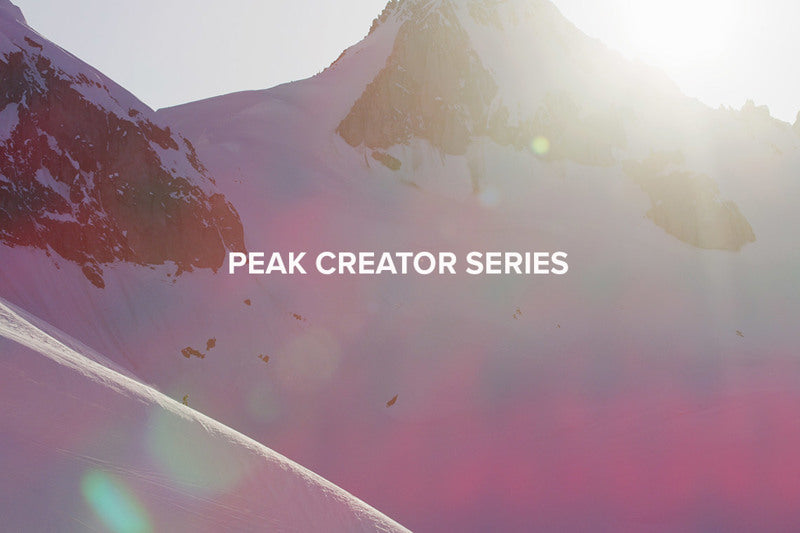
Suunto celebrates peak creators
Since forever, the great outdoors and its misty forests, silhouetted mountain ranges, and craggy peaks have inspired creatives of all ilk, whether poet, painter, musician or photographer. The awe nature strikes in us gets the creative energy flowing. The resulting work has, in some cases, inspired the masses and shapes how we see and protect the natural world.
At Suunto we believe this is worth celebrating. So we initiated our Peak Creator film series, in which we met four creators - a trail builder, a photographer, an architect and an artist - and found out how the natural world inspires what they do. We’ll publish a short film about each of them in the coming weeks.
Meet photographer Angela Percival, architect Ryley Thiessen, artist Jessa Gilbert and trailbuilder Dan Raymond in the Peak Creator Series.
The first film up, the trailbuilder sees his work more as uncovering what’s already there; next up, the photographer admits she’d rather be out shooting than indoors editing; then the architect explains how his mountain resorts bring people closer to nature; finally, we meet the artist who packs her painting kit and heads out for epic free rides.
Stay tuned for each film as it drops. And get your own creative juices flowing!
Watch Peak Creator Series episode 1 – The Trailbuilder
Watch Peak Creator Series episode 2 – The Photographer
Watch Peak Creator Series episode 3 – The Architect
Watch Peak Creator Series episode 4 – The Artist






































































